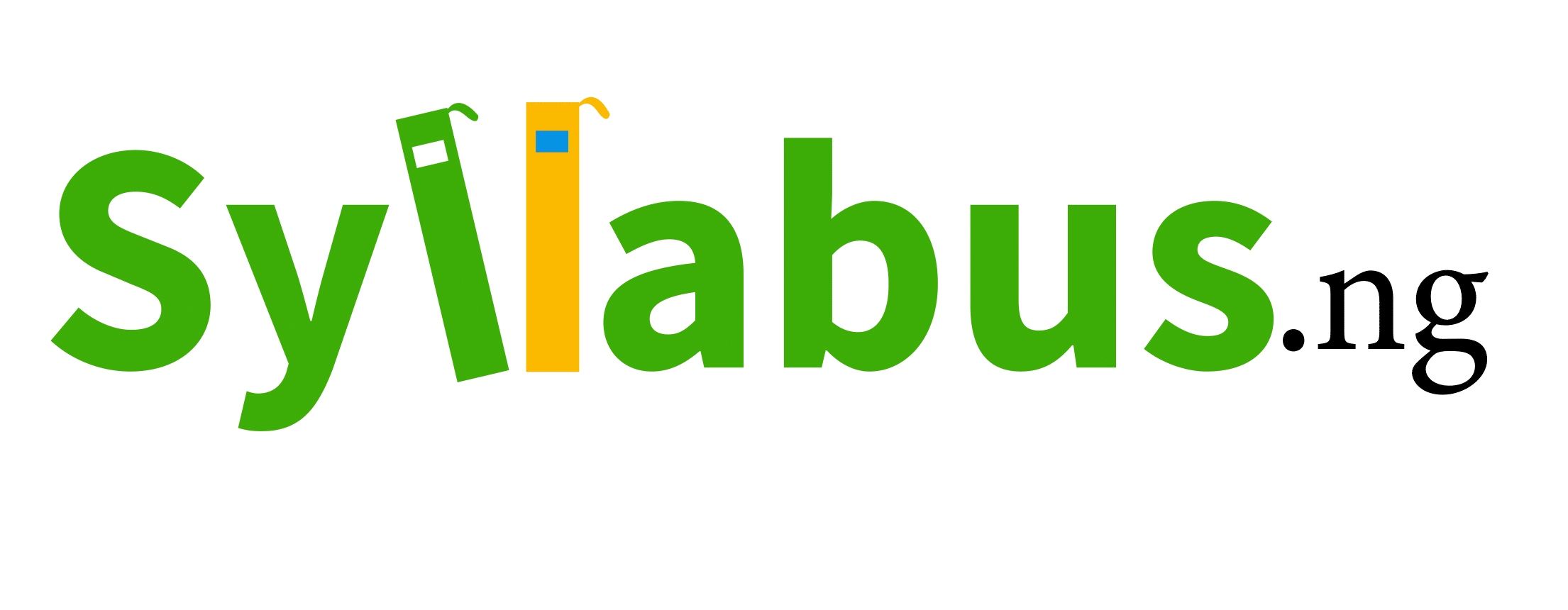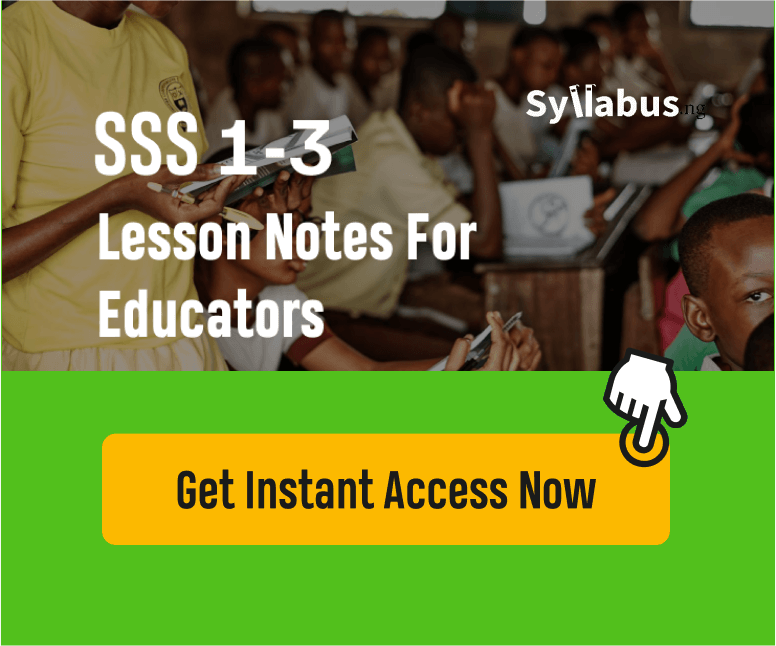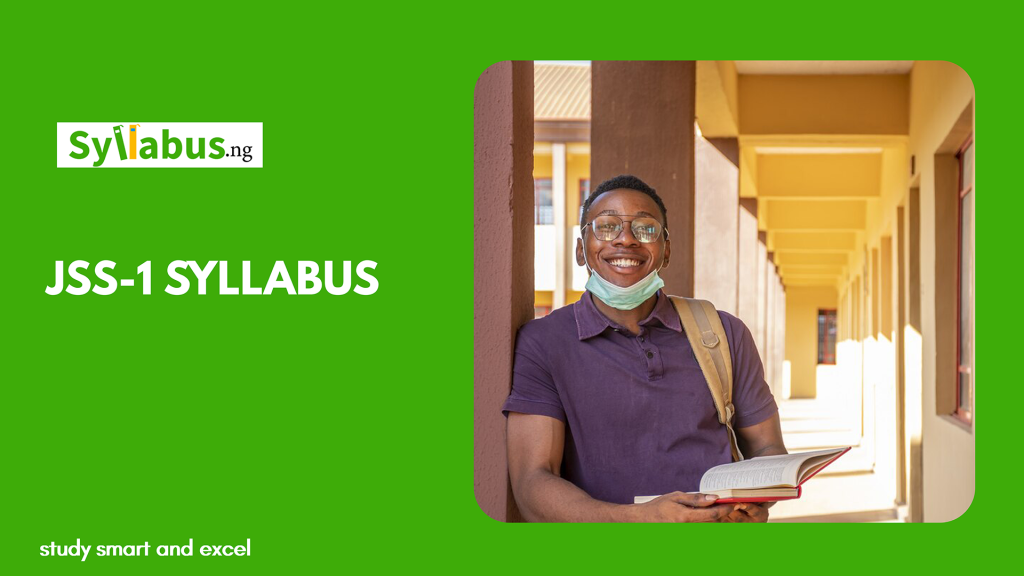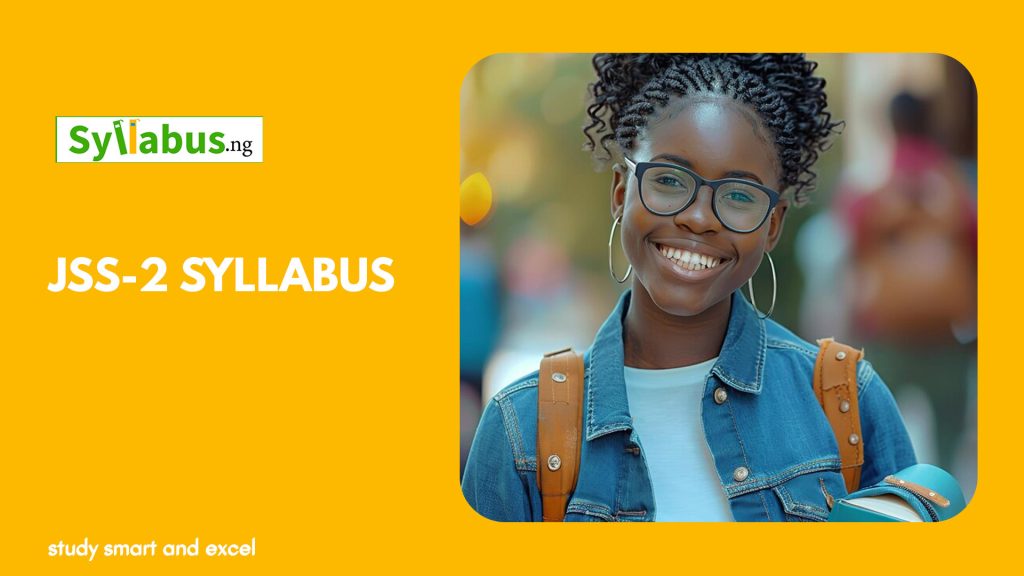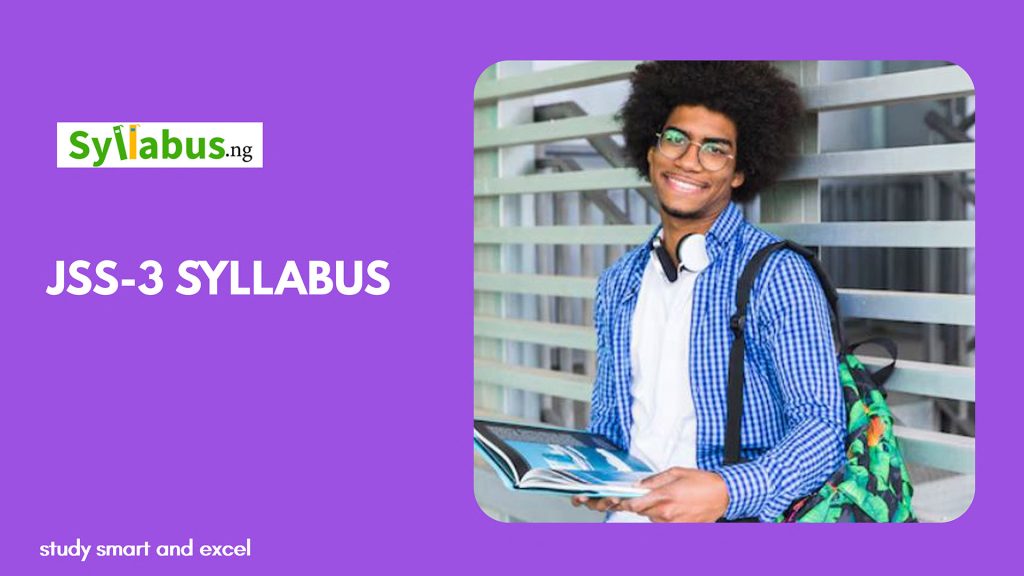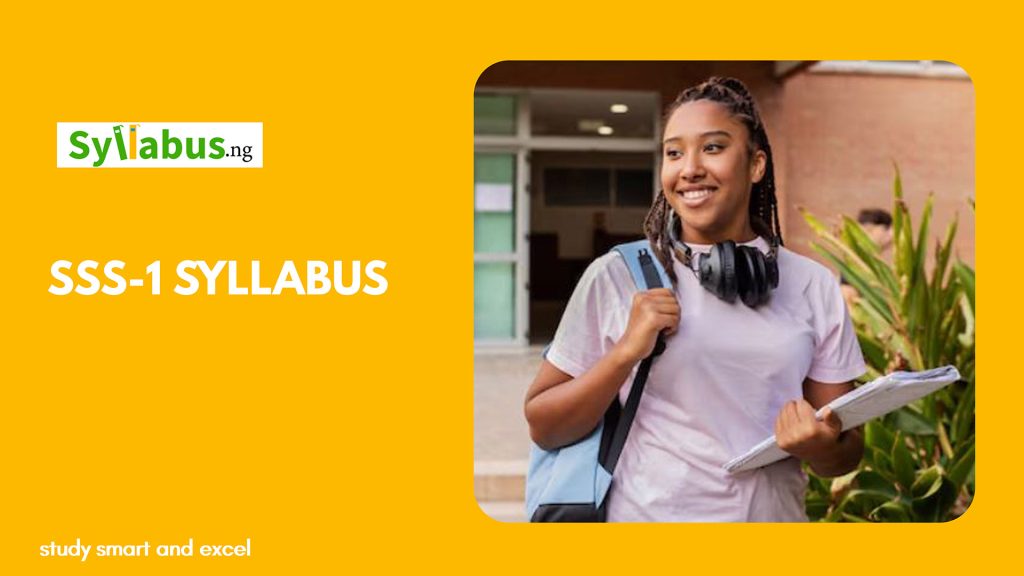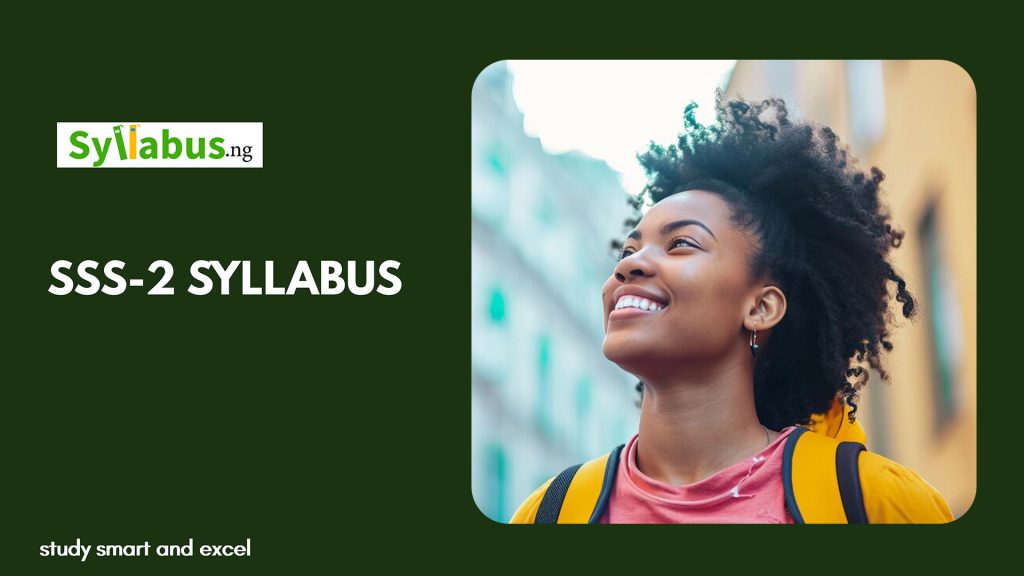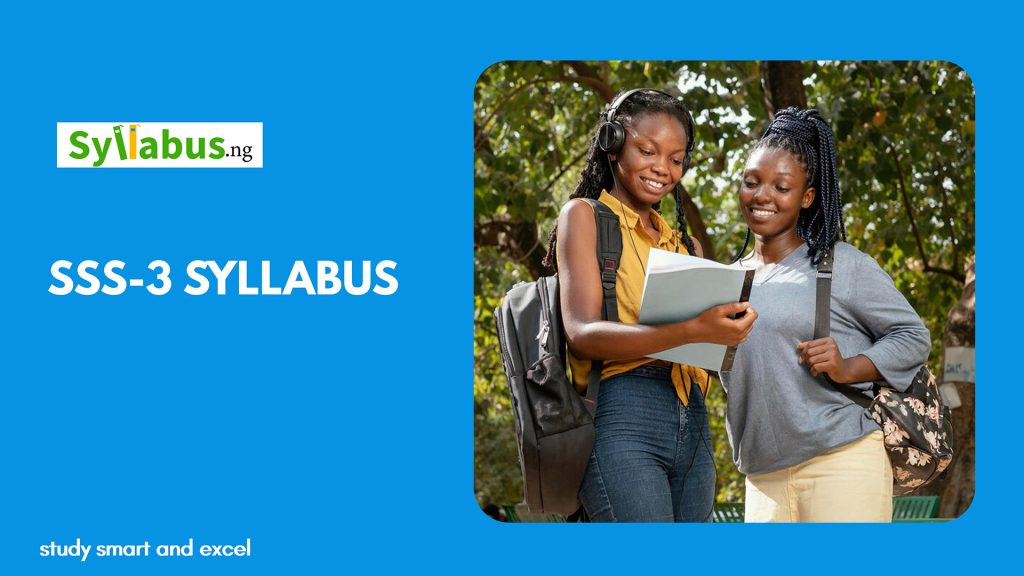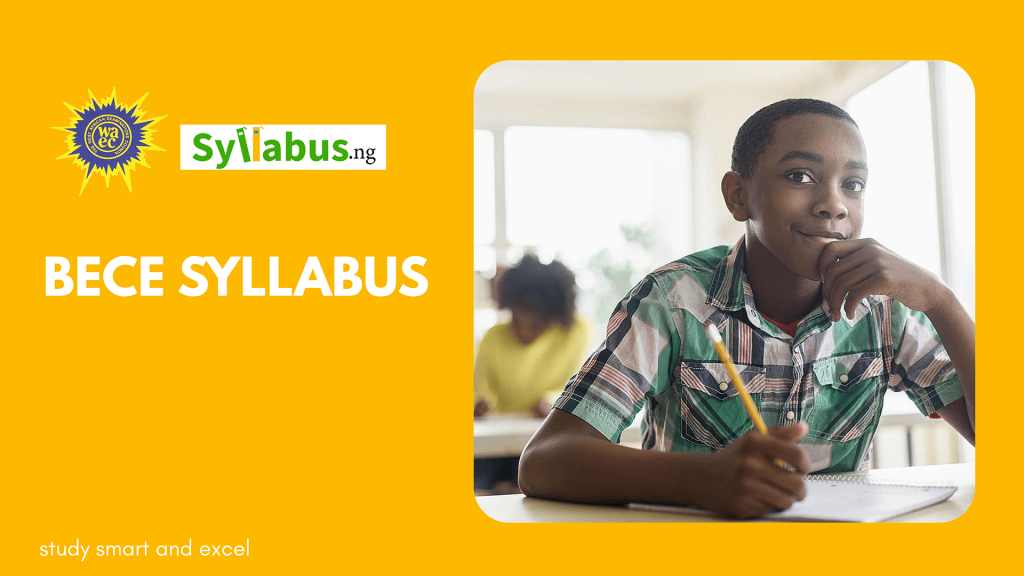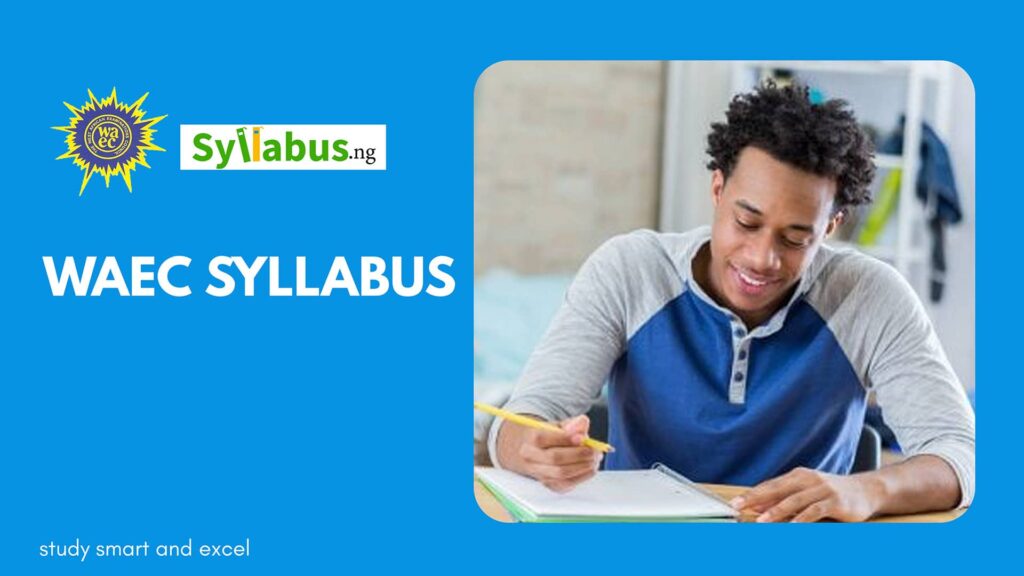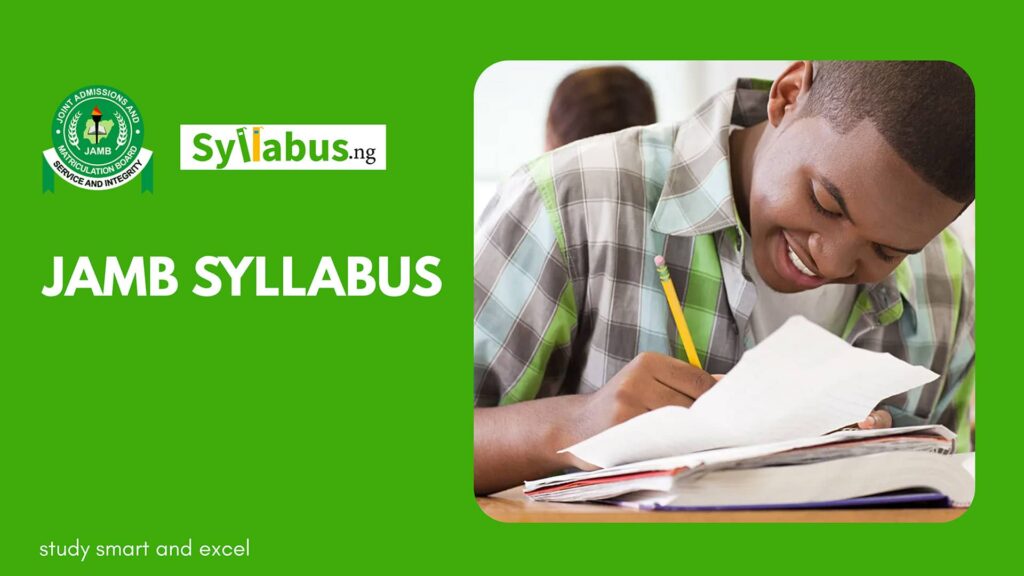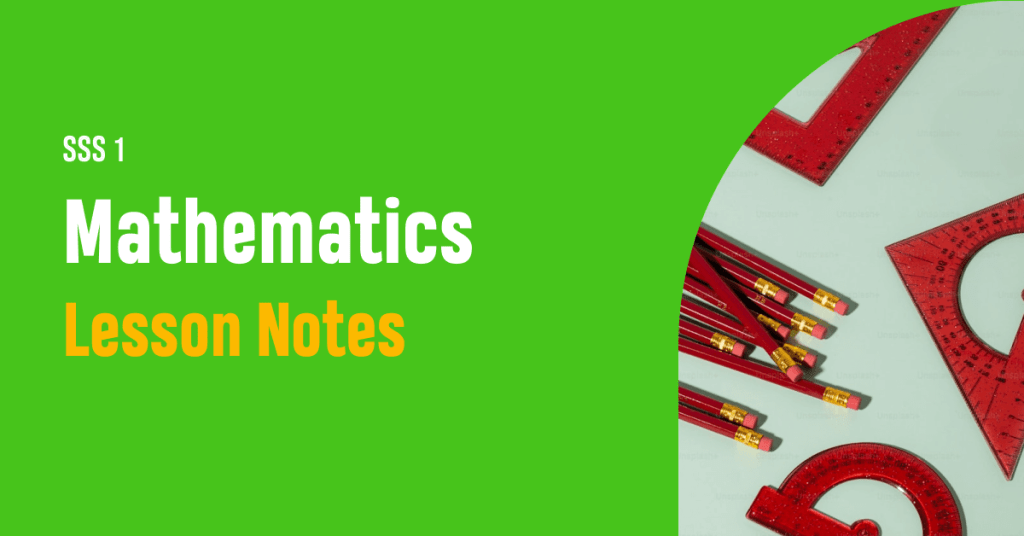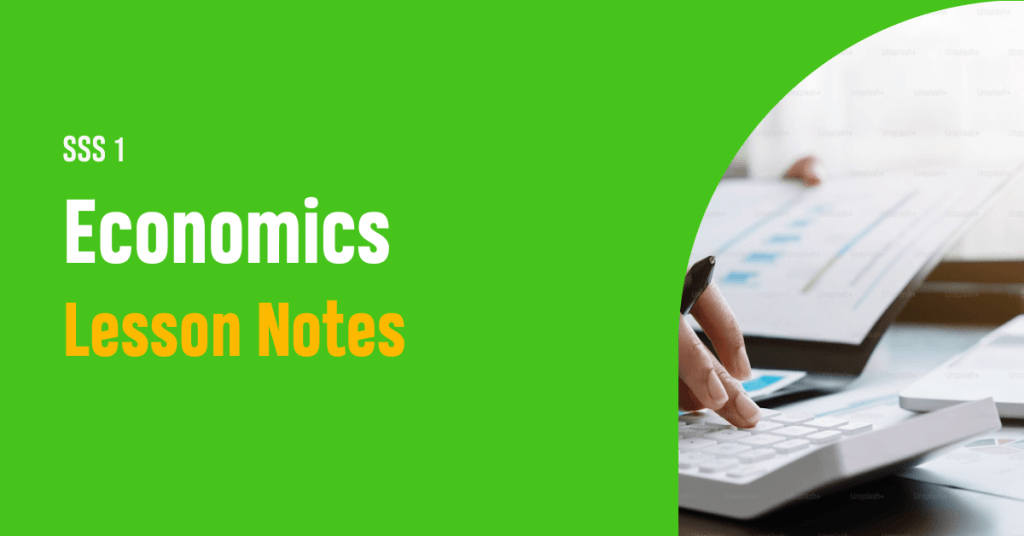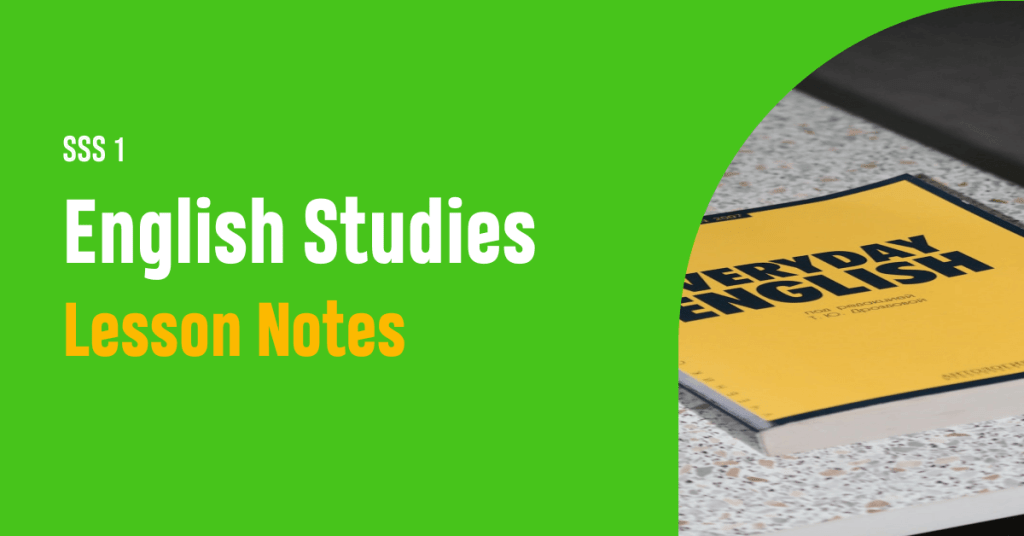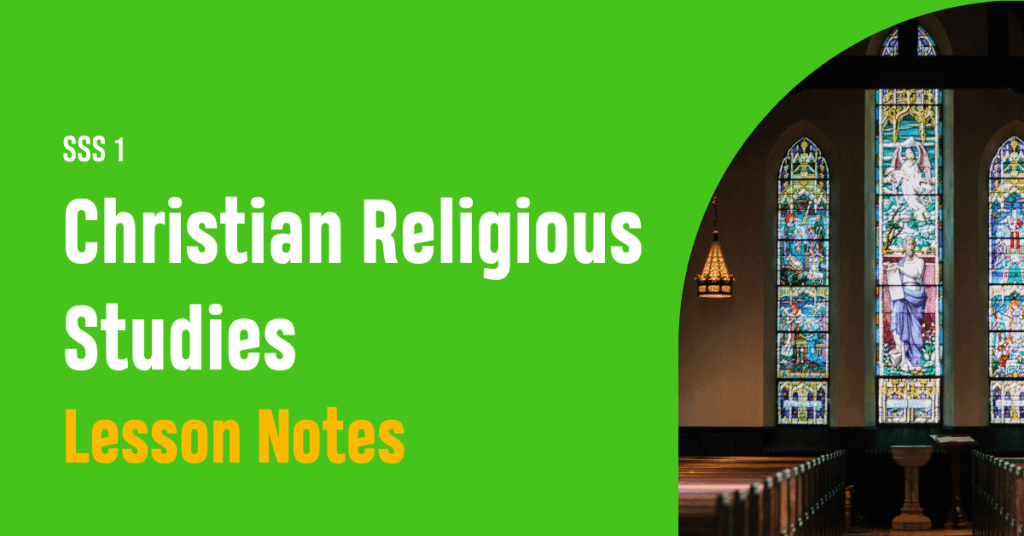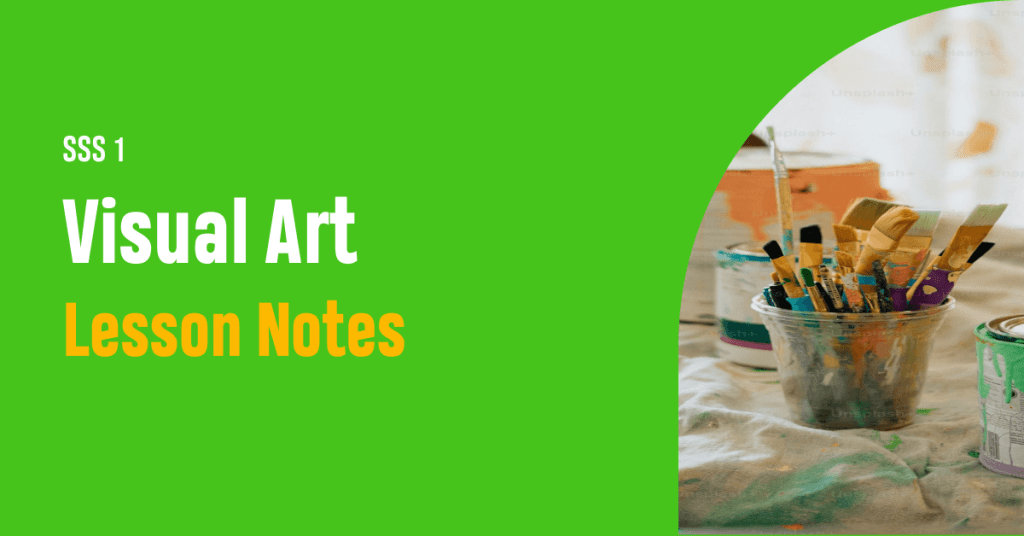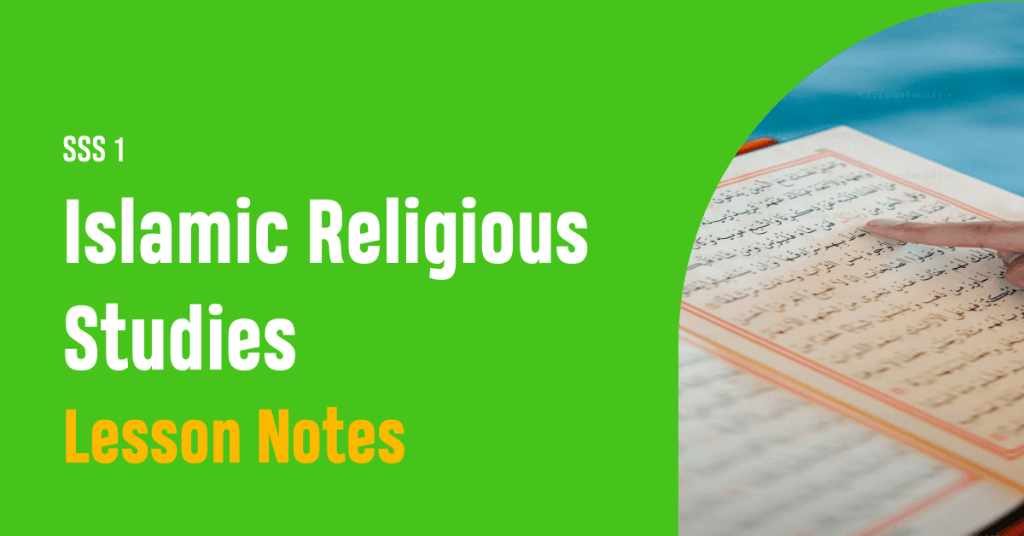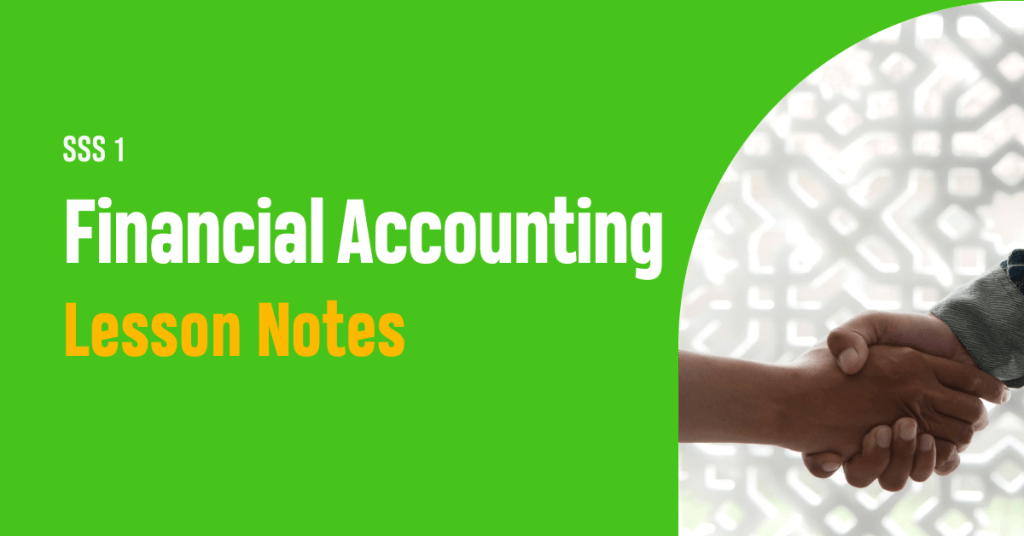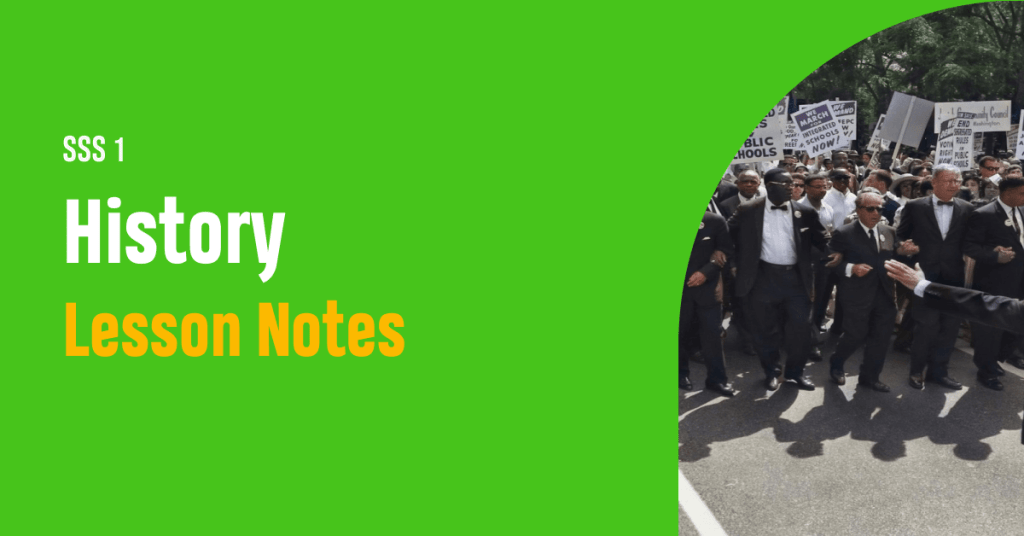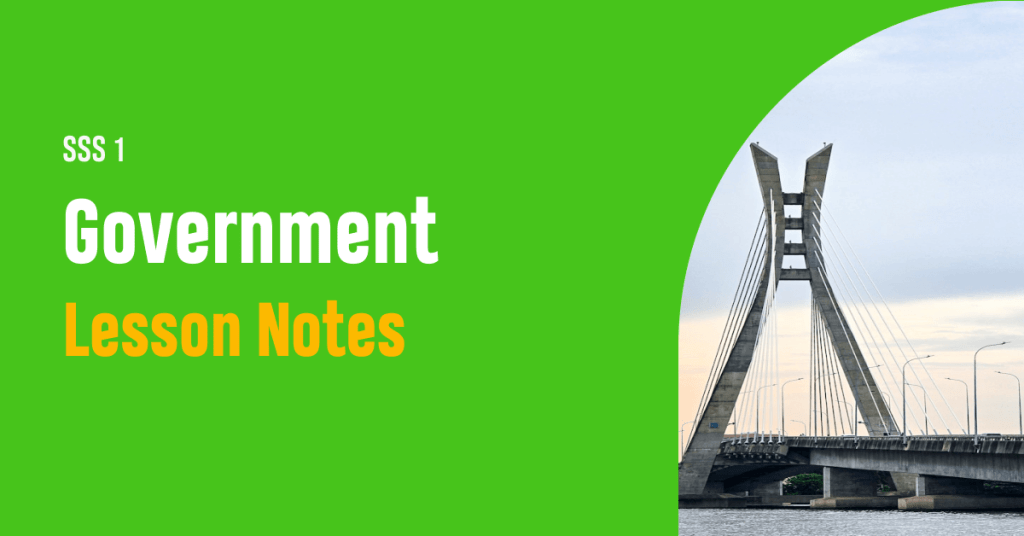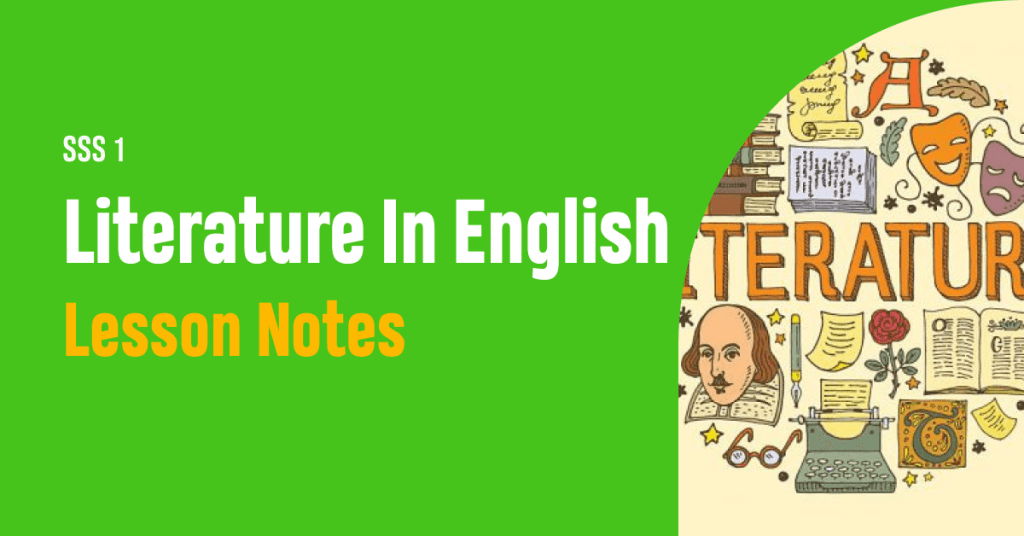SS1 Physical Education Scheme of Work
Download the Senior Secondary School 1 (SS1) Unified Scheme of Work for Physical Education to serve as a guide for educators

Home » SSS1 Scheme of Work » SSS1 Physical Education Scheme of Work
Home » SSS1 Scheme of Work » SSS1 Physical Education Scheme of WorkAbout SS1 Physical Education Scheme of Work
Physical Education (PE) in Senior Secondary School 1 (SSS1) is a required subject that focuses on fitness, health, teamwork, discipline, and well-being. It gives students a complete approach to health and fitness, highlighting physical growth and the importance of working together and staying disciplined.
The Lagos State Unified Scheme of Work for PE in SSS1 aims to help students enjoy physical activity for life, encouraging them to build healthy habits that will benefit them always. It includes a variety of activities and topics such as basic fitness, sports skills, and knowledge about the human body. The program is split into different parts, each focusing on areas like aerobic and anaerobic exercises, flexibility, strength training, and good sportsmanship.
Studying Physical Education in SS1 with the Lagos State Unified Scheme of Work gives students a well-rounded and active education that helps their physical, mental, and social growth. It prepares them to live healthy, active lives and to understand the importance of fitness and teamwork for achieving both personal and group goals.
Achievement Standards
At the end of the SSS1 session, students can;
Understand the changes in the concept of physical education as it relates to physical training;
Describe physical education ideologies for Patriotism and Nationalism in relation to Sparta and Athens;
Understand the concept of competition in sports with the types of competition (eg intramural and extramural);
Perform different methods of starting races, phases of running; strategies, and phases in throws; and jump events in athletics;
Demonstrate the process of taking care of the body (skin, hair, teeth, fingers);
Understand the difference between indoor and outdoor activities in recreation;
Describe the importance of various institutional sports festivals (NUGA, NIPOGA, NISEGA, and NSSF);
Describe the structure and functions of the skeletal system, respiratory system, circulatory system, and digestive system;
Demonstrate the basic skills in soccer, handball, tennis, and basketball;
Identify the content of the First Aid Box with their uses and applications to common sports injuries;
Understand the types of Indigenous physical education and sports in West Africa;
Describe the years and venues of the past All-African Games;
Explain the history and development of physical education and sports in Nigeria;
Perform and classify the types of dance with examples;
Discuss the types of tournaments;
Demonstrate activities done on Box Work and activities done on Mat Work;
Identify the components of Health Related Physical Fitness and Performance Related Physical Fitness;
Understand the classification of food based on Nutrients and their functions.
Assessment Guide
In SSS1, Physical Education assessments typically involve practical demonstrations of skills in various sports and physical activities. Students are evaluated on their ability to perform techniques correctly, understand game strategies and rules, and participate in team activities. Written exams may also assess theoretical knowledge on sports physiology, nutrition, and sports psychology. Overall, assessments aim to gauge practical abilities and theoretical understanding in PE.
Download SSS1 Physical Education Scheme of Work
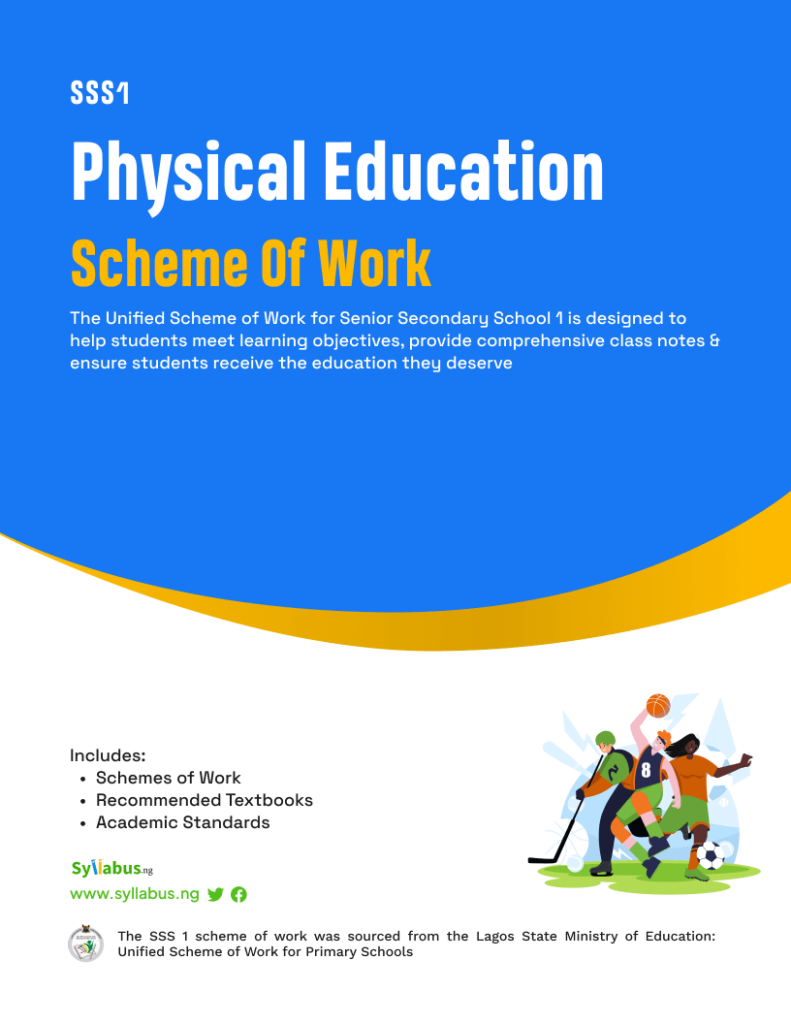
Know what’s expected of you as an educator
Download the Unified Scheme of Work for Senior Secondary School One (SSS1) Physical Education
SS1 First Term Scheme of Work for Physical Education
| LAGOS STATE MINISTRY OF EDUCATION: UNIFIED SCHEMES OF WORK FOR SENIOR SECONDARY SCHOOLS | ||
| Physical Education Scheme of Work for Senior Secondary Schools 1(SSS1) | ||
| CLASS | S.S.S.1 | |
| SUBJECT | PHYSICAL EDUCATION | |
| TERM | First Term | |
| WEEK | TOPICS | Learning Objectives |
| 1 | PHILOSOPHY OF PHYSICAL EDUCATION | By the end of the lesson, students should be able to: i. explain the meaning of philosophy of physical education ii. list and discuss the roles of major philosophers in physical education eg Hetherington, Dudley, etc iii. analyze the changes in the concept of physical education as it relates to physical training |
| 2 | PHYSICAL EDUCATION IDEOLOGIES | By the end of the lesson, students should be able to: i. highlight physical education ideologies for patriotism and nationalism in relation to Sparta and Athens ii. identify the contribution of P.E and sports to nationalism in Nigeria under the following sub-headings: national unity, socio-religious cohesion, sport heroism, national economic development |
| 3 | COMPETITIVE SPORTS | By the end of the lesson, students should be able to: i. define competition ii. state the types of competition (eg intramural and extramural) iii. differentiate between sports and games with examples iv. define warm-up v. list the importance of warmup activities vi. demonstrate warm-up activities |
| 4 | ATHLETICS | By the end of the lesson, students should be able to: i. write brief history of athletics in Nigeria ii. define athletics iii. outline the scope of athletics iv. break down the types of track events v. construct a standard athletics oval |
| 5 | ATHLETICS II | By the end of the lesson, students should be able to: i. demonstrate different methods of starting races in athletics ii. itemize the general rules and regulations of track events iii. demonstrate the phases of running and strategies iv. perform basic officiating duties of track events in athletics |
| 6 | HEALTH AND PERSONAL HYGIENE | By the end of the lesson, students should be able to: i. relate the concept of health, health hygiene and physical education ii. identify the importance of health education iii. appraise physical appearance in relation to qualities of good health iv. dramatize the process of taking care of your body (skin, hair, fingernails, etc) |
| 7 | MID-TERM BREAK | |
| 8 | RECREATION AND SPORTS TOURISM | By the end of the lesson, students should be able to: i. define recreation and sport tourism ii. explain the difference between recreation and sport tourism iii. mention the characteristics of recreation iv. list the types of recreation with examples v. justify how to improve recreation and sport tourism in Nigeria |
| 9 | NATIONAL SPORTS CHAMPIONSHIP | By the end of the lesson, students should be able to: i. define national championship ii. outline types of national championship iii. compute the organization and administration of selected national championship iv. state the significance of national championship v. discuss the importance of various institutional sports festival eg NUGA, NSSF,etc |
| 10 | THE SKELENTAL SYSTEM | By the end of the lesson, students should be able to: i. define skelental system ii. identify functions of the human skeleton iii. classify bones iv. define joint v. mention various types of joints with examples vi. demonstrate types of movement that are permitted at the joint |
| 11 | BALL GAME (SOCCER) | By the end of the lesson, students should be able to: i. state the nature of the game of soccer ii. outline facilities and equipments for soccer iii. draw and label a standard playing field in soccer iv. demonstrate the basic skills in soccer * v. list the rules and regulations of soccer vi. itemize the officials and their duties vii. demonstrate 5 aside game of soccer for 10 minutes |
| 12 | REVISION/EXAMINATION | |
SS1 Second Term Scheme of Work for Physical Education
| CLASS | SS1 | |
| SUBJECT | PHYSICAL HEALTH | |
| TERM | SECOND TERM | |
| WEEKS | TOPICS | LEARNING OBJECTIVES |
| 1 | REVISION | |
| 2 | FIRST AID | By the end of the lesson, students should be able to: i. define first aid ii. list the objectives of first aid iii. highlight the qualities of a first aider iv. mention the contents of a first aid box and uses v. outline the basic principles of first aid vi. construct a first aid box |
| 3 | SPORT INJURIES | By the end of the lesson, students should be able to: i. analyze sports injuries ii. distinguish common sports injuries eg dislocation, sprain, strain, fracture, etc iii. assess common sports injuries under the following heading: causes, symptoms and treatment |
| 4 | BALL GAMES (HANDBALL) | By the end of the lesson, students should be able to: i. state the nature of the game of handball ii. outline the facilities and equipments in handball iii. draw and label a standard playing field in handball iv. demonstrate the basic skills and strategies of handball v. list the rules and regulations in handball vi. list the officials and their duties in handball |
| 5 | INDIGENOUS PHYSICAL EDUCATION AND SPORTS IN WEST AFRICA | By the end of the lesson, students should be able to: i. explain the concept of the indigenous physical education and sports in West Africa ii. classify the types of indigenous physical education and sports in West Africa |
| 6 | THE ALL AFRICA GAME | By the end of the lesson, students should be able to: i. discuss the early attempts to organize the all African games ii. list the years/venues of the past all African games iii. give reasons for disparity in the timing of the game iv. identify the Nigerian heros and heroines of All Africa Game v. discuss the headquarters, membership and functions of the organization |
| 7 | MID-TERM BREAK | |
| 8 | RACKET GAMES (TENNIS) | By the end of the lesson, students should be able to: i. write brief history on tennis ii. draw and label the tennis court and racket iii. outline the equipments used in tennis iv. demonstrate the skills in tennis v. list the rules and regulations in tennis vi. mention the officials and their duties in tennis |
| 9 | RACKET GAMES (TENNIS) II – Practical demonstration | By the end of the lesson, students should be able to: i. demonstrate the skills in tennis (eg service, grip, footwork, smash, etc) ii. construct a tennis racket |
| 10 | RESPIRATORY SYSTEM | By the end of the lesson, students should be able to: i. describe the structure of the lungs ii. state the functions of the lungs iii. discuss types of respiration iv. describe how the lungs work during exercises |
| 11 | CIRCULATORY SYSTEM | By the end of the lesson, students should be able to: i. describe the structure and function of the heart ii. label parts of the heart iii. identify different blood vessels ie vein, arteries, capillaries, etc iv. list the effects of training in the heart |
| 12 | REVISION/EXAMINATION | |
| 13 | ||
Download SSS1 Physical Education Scheme of Work

Know what’s expected of you as an educator
Download the Unified Scheme of Work for Senior Secondary School One (SSS1) Physical Education
SS1 Third Term Scheme of Work for Physical Education
| CLASS | SS1 | |
| SUBJECT | PHYSICAL HEALTH | |
| TERM | THIRD TERM | |
| WEEK | TOPICS | LEARNING OBJECTIVES |
| 1 | REVISION | |
| 2 | HISTORICAL BACKGROUND OF PHYSICAL EDUCATION IN NIGERIA | At the end of the lesson, students should be able to: i. summarize the history and development of physical education and sports in Nigeria ii. enumerate the contributions of the pioneers of physical education in Nigeria |
| 3 | DANCE AND RHYTHM | At the end of the lesson, students should be able to: i. analyze the concept of dance and rhythm ii. classify the types of dance with examples iii. list the uses of traditional dance iv. demonstrate different traditional dances v. outline the values of dance and rhythmic activities |
| 4 | TOURNAMENTS | At the end of the lesson, students should be able to: i. define tournaments ii. discuss types of tournaments iii. analyze factors that determine the choice of tournaments |
| 5 | BALL GAME (BASKETBALL) | At the end of the lesson, students should be able to: i. narrate the history of basketball ii. outline the facilities and equipments for basketball iii. draw and label a standard basketball court iv. demonstrate the basic skills in basketball v. list the rules and regulations of basketball |
| 6 | DIGESTIVE SYSTEM | At the end of the lesson, students should be able to: i. describe the structure and function of the alimentary canal ii. differentiate between absorption and assimilation iii. analyze the process of digestion |
| 7 | MID-TERM BREAK | |
| 8 | ATHLETICS (FIELD EVENTS) | At the end of the lesson, students should be able to: i. identify the equipments used for throws and jump events ii. draw and label the sectors of throw events iii. demonstrate the basic phases in throw events eg javelin, short put, discus iv. demonstrate the basic phases in jump events eg high jump, long jump, etc v. state the general rules and regulations of various throws and jump events vi. mention the officials in the field events vii. outline ways of measuring distance in throws and long jumps events |
| 9 | GYMNASTICS | At the end of the lesson, students should be able to: i. write a brief history on gymnastics ii. state the scope of gymnastics iii. highlight gymnastics facilities/equipments and their uses iv. demonstrate activities done on box work (neck spring, astride vault, through vault, side vault) v. demonstrate activities done on mat (hand spring, cart wheel, forward and backward roll) |
| 10 | PHYSICAL FITNESS | At the end of the lesson, students should be able to: i. define physical fitness ii. outline the importance of physical fitness iii. explain the meaning of: health related physical fitness, performance related physical fitness iv. list the components of: health and performance related physical fitness v. demonstrate selected physical fitness test (push-ups, pull-ups, shuffle run) |
| 11 | NUTRITION IN SPORTS | At the end of the lesson, students should be able to: i. explain the meaning of nutrition, food and nutrition ii. outline the functions of food iii. classify foods based on nutrients and their functions iv. illustrate the difference between adequate diet and inadequate diet v. plan the type of food to be served before, during and after sports |
| 12 | REVISION/EXAMINATION | |
